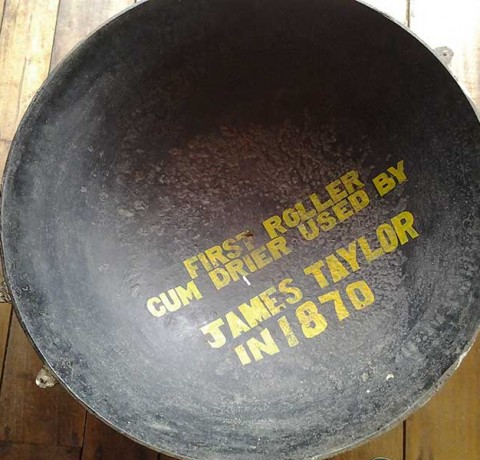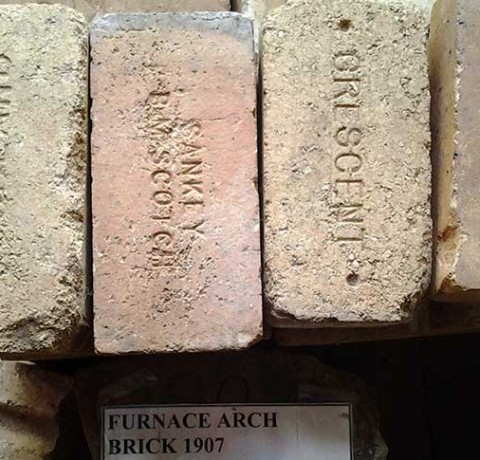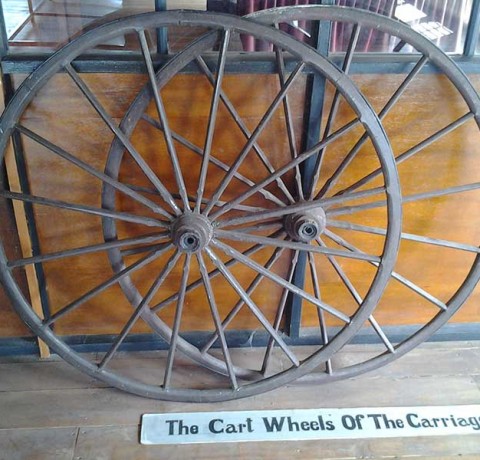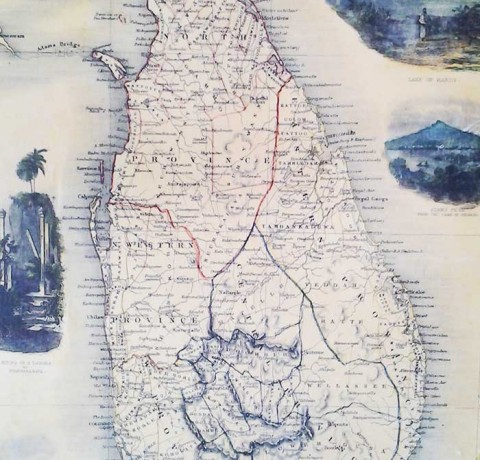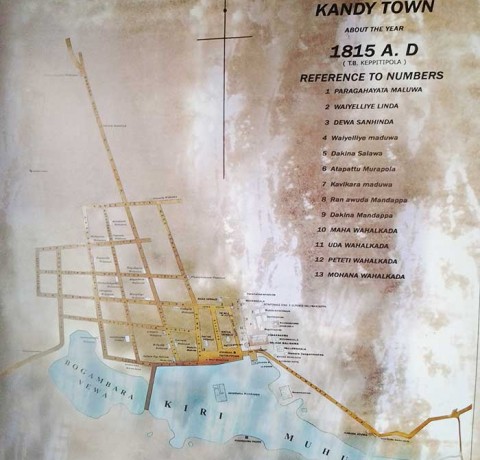
Tea production is one of the main sources of foreign exchange for Sri Lanka (formerly called Ceylon), and accounts for 2% of GDP, contributing roughly $700 million annually to the economy of Sri Lanka. It employs, directly or indirectly, over 1 million people, and in 1995 directly employed 215,338 on tea plantations and estates. Sri Lanka is the world’s fourth largest producer of tea. In 1995, it was the world’s leading exporter of tea, (rather than producer) with 23% of the total world export.
The humidity, cool temperatures, and rainfall of the country’s central highlands provide a climate that favors the production of high-quality tea. The industry was introduced to the country in 1867 by James Taylor, a British planter who arrived in 1852.
The humidity, cool temperatures, and rainfall of the country’s central highlands provide a climate that favors the production of high-quality tea. The industry was introduced to the country in 1867 by James Taylor.
In 1824 a tea plant was brought to Ceylon by the British from China and was planted in the Royal Botanical Gardens in Peradeniya for non-commercial purposes. Further experimental tea plants were brought from Assam and Calcutta in India to Peradeniya in 1839 through the East India Company and over the years that followed. In 1839 the Ceylon Chamber of Commerce was established followed by the Planters’ Association of Ceylon in 1854.
James Taylor (Father of Ceylon Tea)
James Taylor (March 29, 1835 Kincardineshire, Scotland – May 2, 1892 Kandy, British Ceylon) was a British citizen who introduced tea plantation to British Ceylon. He arrived to British Ceylon in 1852 and settled down in Loolecondera estate in Galaha. Here he worked with Thomas Lipton, a Scottish immigrant, to develop the tea industry in British Ceylon. He continued to live in British Ceylon until his death (more than half of his lifetime).
Taylor visited India in 1866 to learn the basics of growing tea on plantations; following his return, he started a plantation in Loolecondera estate in Kandy. He began the tea plantation an estate of just 19 acres (77,000 m2) in 1867. He started a fully equipped tea factory on the Loolecondera estate in 1872.
During the period when Taylor lived on the Loolecondera estate, the export of tea accelerated from 23 pounds to 81 tonnes and in 1890 it reached the level of 22,900 tonnes.
The story of tea in British Ceylon began in the year of 1867. A Scotsman, James Taylor had cleared 19 acres (77,000 m2) of forest in the District of Hewaheta Lower to plant the first seedlings in what is now known as the No.7 field of the Loolecondera Estate. Today even people who have never heard of Sri Lanka are familiar with Ceylon tea, which is known for its quality.
In year 1872 Taylor attended the work of building a larger tea factory in Loolecondera and after that it started manufacturing of packeted tea. He already wrote about his success of starting a larger tea factory as “I have a machine of my own invention being made in Kandy for rolling tea which I think will be successful”. In 1875 Taylor managed to send the first shipment of Ceylon tea to the London Tea Auction.
Courtesy of Wikipedia.org



